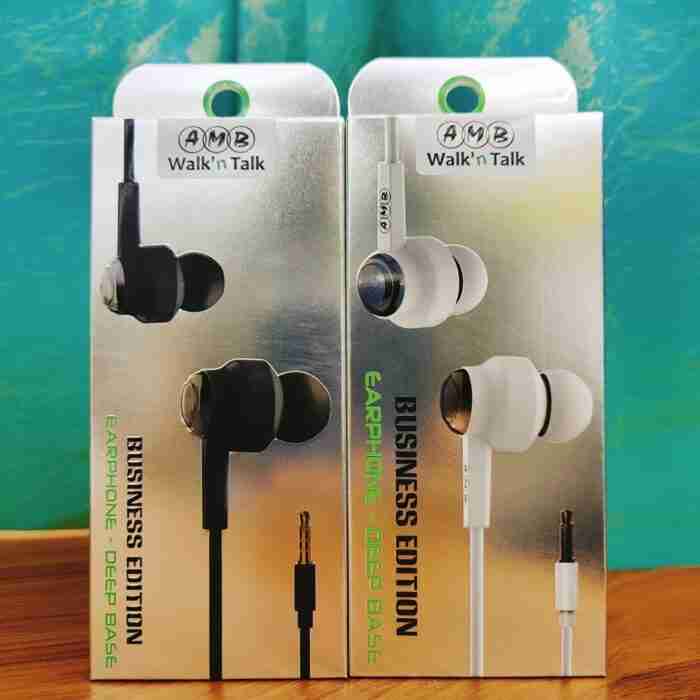
In the fast-paced world we live in, convenience has become the ultimate commodity. From smart homes to wearable tech, society is constantly seeking ways to streamline tasks and free up time. One such innovation that has taken the world by storm is the handsfree technology. In this article, we delve into the handsfree lifestyle, exploring its benefits, applications, and the future it promises.
The Rise of Handsfree Technology
handsfree technology has witnessed a meteoric rise in recent years, thanks to advancements in artificial intelligence, machine learning, and sensor technology. What was once confined to simple voice commands has evolved into sophisticated systems capable of understanding natural language and executing complex tasks.
The proliferation of handsfree devices such as smart speakers, wearable gadgets, and voice-activated assistants has transformed the way we interact with technology. Tasks that once required manual input can now be performed effortlessly with just a voice command, ushering in a new era of convenience and efficiency.
Benefits of Going Handsfree
Embracing a handsfree lifestyle offers a myriad of benefits, both in terms of convenience and productivity. One of the most significant advantages is the ability to multitask seamlessly. Whether it’s sending emails while cooking dinner or controlling smart home devices while lounging on the couch, handsfree technology enables users to juggle multiple tasks with ease.
Moreover, handsfree devices promote accessibility for individuals with disabilities, empowering them to navigate the digital world independently. Voice-activated assistants, in particular, have been instrumental in breaking down barriers and making technology more inclusive.
Beyond individual benefits, the widespread adoption of handsfree technology also has broader implications for society as a whole. By reducing the reliance on manual input methods such as keyboards and touchscreens, handsfree devices have the potential to mitigate repetitive strain injuries and ergonomic issues associated with traditional interfaces.
Applications Across Industries
The versatility of handsfree technology extends far beyond consumer electronics, with applications spanning across various industries. In healthcare, handsfree devices are revolutionizing patient care by enabling healthcare professionals to access patient records, dictate notes, and perform other tasks without interrupting workflow.
In manufacturing and logistics, wearable handsfree devices are enhancing worker safety and efficiency by providing real-time information and guidance. Workers equipped with smart glasses or headsets can receive instructions, access schematics, and communicate with colleagues without having to take their hands off the task at hand.
Even in the automotive industry, handsfree technology is playing a pivotal role in improving driver safety and convenience. Voice-activated assistants integrated into modern vehicles allow drivers to control navigation, make calls, and adjust settings without taking their hands off the wheel, reducing distractions and the risk of accidents.
Challenges and Future Outlook
Despite the numerous benefits of handsfree technology, it is not without its challenges. Privacy concerns, data security, and the potential for unintended activations are some of the issues that need to be addressed as handsfree technology continues to evolve.
Furthermore, achieving seamless integration and interoperability across different devices and platforms remains a significant hurdle. As the Internet of Things (IoT) ecosystem expands, ensuring compatibility and consistency will be crucial in delivering a cohesive handsfree experience for users.
Looking ahead, the future of handsfree technology appears promising, with continued advancements on the horizon. From augmented reality headsets that overlay digital information onto the physical world to brain-computer interfaces that enable direct communication with devices, the possibilities are endless.
As handsfree technology becomes more pervasive, it will undoubtedly redefine the way we interact with the world around us. Whether it’s simplifying everyday tasks, enhancing productivity in the workplace, or empowering individuals with disabilities, the handsfree lifestyle is poised to shape the future of technology and society as we know it.
Embracing the Handsfree Revolution
In conclusion, the handsfree lifestyle represents a paradigm shift in how we leverage technology to make our lives easier and more efficient. By freeing ourselves from the constraints of manual input methods, we open up a world of possibilities and unlock new levels of convenience and accessibility.
As we embrace the handsfree revolution, it’s essential to remain mindful of the challenges and implications that come with it. By addressing privacy concerns, ensuring interoperability, and prioritizing user experience, we can harness the full potential of handsfree technology and create a future where convenience is truly at our fingertips—without lifting a finger.